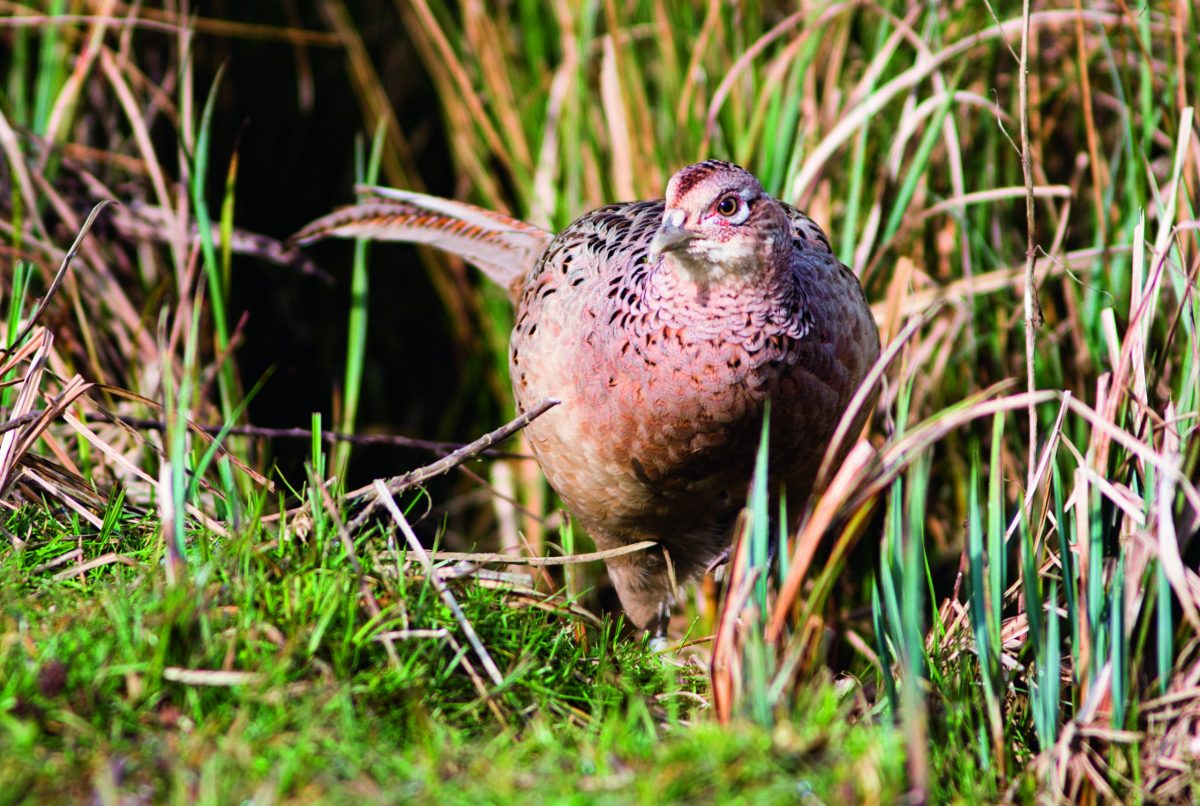Are we too reliant on reared-bird shoots?
Due to avian flu, many reared-bird shoots are in danger of having to shut up shop, but with a bit of work some of them could go wild

Going wild is not an easy route, but the sheer pleasure of helping nature create a surplus is brilliant
There’s an edge now in the wind, a feeling that winter is about to come knocking. This changing of the season evokes some deep emotions in my soul, perhaps the connection with my primitive, subconscious being is strong. The overwhelming feeling that I need to be prepared for winter is a strong focus for my estate duties, certainly until I consider myself abreast of my feed programme for the wild birds.
Wild bird strips, including myriad flowers and abundant weed seeds, have generally done well this summer despite the dry and hot conditions. Conversely, I know of many keepers who have struggled to establish maize crops this year. My target for wild bird crops is to provide a range of seed types for a variety of birds. Game, in most cases, is a secondary consideration but gamebirds do readily take the naturally grown feed.
Driving cover is always a joy when the tweety birds get up. Many of the smaller seed-eaters, such as chaffinch, yellowhammer and tree sparrow, can happily keep feeding throughout the harshest of conditions when nature can flatten the cover, making it almost useless for driving game. Work undertaken in the spring and carried on through the summer now gives me comfort; I know I could not have done more for my wild birds.
Supplementary feed, however, is a key objective to settling me into my autumn and winter routine. Several hundred feed stations need to be re-established, renovated and moved to prevent possible disease issues. This all takes time and effort but when completed it evokes a great sense of achievement.
Valuable resource
Recently I was chatting to a colleague who had been on a hunting trip to Sweden. The main quarry was capercaillie and black grouse, and the trip was a great insight into how others view a valuable resource. Inquisitive by nature, my friend soon got to the core of the subject and asked about the management of this valuable asset and was surprised to hear that no management to create a surplus was practised. Puzzled, my colleague reflected on how long our sport or theirs could continue if all we did was take. I have often expressed concerns over taking without putting back. If we fail in our management or become consumed with taking and believe we can do so without creating and giving back, we do not deserve the right to manage in the first place.
Our reliance on the reared bird has for many been the difference between having a shoot or not. In some areas, where little or no viable habitat is present due to agriculture, the only way a shoot can exist is to put a few down. Rearing a few extra to sell a day can help maintain a sustainable economic future and protect the local employment that comes with shooting.
Bird flu outbreaks are only part of a worrying picture, but they are beginning to have a domino effect on many shoots. In this part of the world, I have witnessed several smaller reared-bird shoots either cease temporarily or in some cases call it quits completely as a result of not being able to get birds due to flu. I lament the loss of these small shoots, but I care more for the loss that will be felt by the wildlife on them — just because they are releasing birds doesn’t mean they can’t still do great things for wildlife. Without shoots, predator control will cease to be carried out and in many instances, maize and wild-flower strips won’t be put down. I do wonder if some of them, instead of buying reared birds, could go down the wild route.
I accept that, for many, such a route is difficult. That said, the sheer pleasure of helping nature create a surplus is brilliant. The journey is not easy or instant. Production can be sporadic, with no guarantee of sport. Employing keepers is difficult to justify and habitat management in a brutal agricultural landscape has its challenges.
But take it from me, it really can be viable if you’re passionate and creative. You will be surprised how little you need to change at first to really make a difference. Our habitat journey here at Bywell started with just four 6m margins in one field. If you look hard, you might be able to find a retired wild bird keeper who could do a few days a week and some local lads who can do predator control. Nothing will happen on its own, but production can be astonishing when nature is encouraged to deliver. Go on, give it a go — the more of us working towards a sustainable, diverse and balanced environment, the brighter the future.








